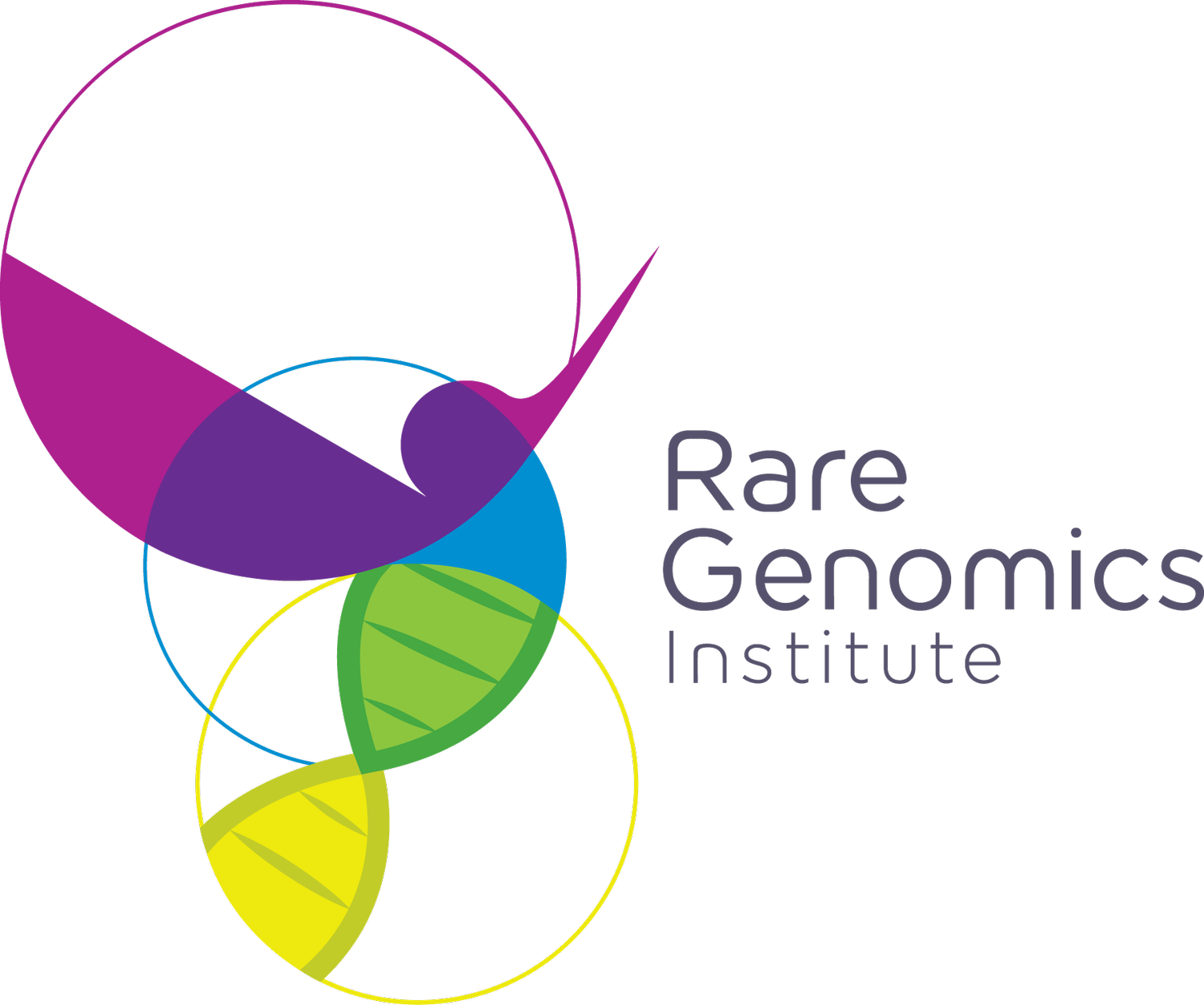Creutzfeldt Jakob Disease
What is Creutzfeldt Jakob Disease?
Creutzfeldt-Jakob disease (CJD) is a rapidly progressive, neurodegenerative disorder which is most often fatal. It is believed to be caused by the buildup of abnormal prion proteins in the brain. More information about GBS may be found on the NIH’s website: https://rarediseases.info.nih.gov/diseases/6956/creutzfeldt-jakob-disease
What is the prevalence of Creutzfeldt Jakob Disease?
The prevalence of CJD is estimated to be 1 case per 1 million people per year worldwide.
How is Creutzfeldt Jakob Disease diagnosed?
CJD is difficult to diagnose. Symptoms of CJD patients are very similar to other forms of dementia. The only way to confirm the diagnosis is to biopsy a small sample of brain tissue.
Is there any specific gene/pathway in Creutzfeldt Jakob Disease that has been identified?
Changes or mutations in a particular gene are not known to be associated with CJD. Only about 10-15 percent of patients are documented to have a family history of CJD.
How is Creutzfeldt Jakob Disease treated?
There is no cure or specific treatment for CJD. Treatment is focused on the comfort of the patient. More information on treatment may be found here: https://rarediseases.org/rare-diseases/creutzfeldt-jakob-disease/
Are there any clinical trials underway for Creutzfeldt Jakob Disease?
The National Institutes of Health (NIH) has completed 4 clinical trials for CJD. Currently, there are 2 clinical trials underway for the condition. More information on future studies and patient recruitment can be found here: https://clinicaltrials.gov/ct2/results?cond=Creutzfeldt+&term=&cntry=&state=&city=&dist=&Search=Search
How can RareShare be helpful to Creutzfeldt Jakob Disease patients and families?
The Creutzfeldt Jakob Disease community has 5 members. There are currently 0 active discussions underway. New discussions can help to connect patients, health workers, caregivers and families interested in Creutzfeldt Jakob Disease and provide them continual access to community resources.
